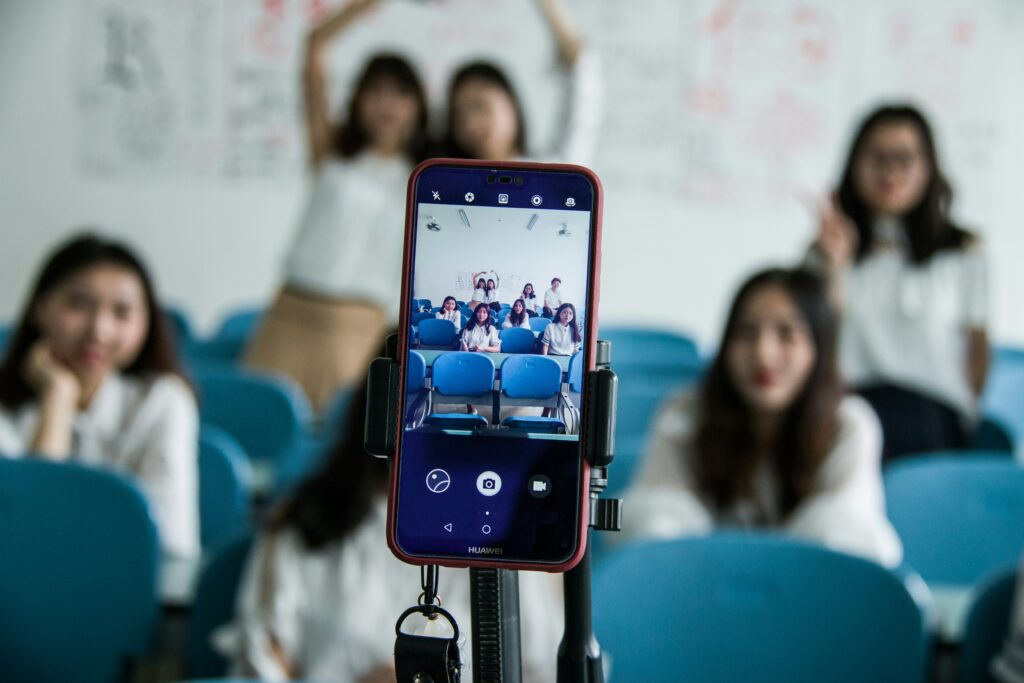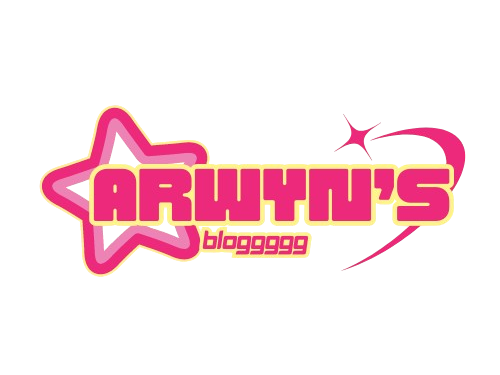This weeks class refelction is about the benefits and negatives with phone/tablet use in the classroom, which is incredibly important following the recent phone ban in BC.

Here is an example of the use of an app called “Science Journal” where I chose an activity based on light and specifically brightness using your phones sensors as a way to represent it. This is a prime example of how devices can be used appropriately as well as beneficially in a science lesson plan. Below is a short video about the crazy tools hidden in the Science Journal App.
When I think about smartphones and tablets in the classroom, especially for grades 6-8, it’s honestly a bit of a double-edged sword. On one hand, they’re incredibly helpful tools. These devices give students access to a world of information right at their fingertips. Apps like Google Classroom or Kahoot can make learning interactive and engaging. For example, students can collaborate on projects in real-time, research topics for assignments, or use apps that cater to their learning needs, like language translation tools or speech-to-text features. Plus, for kids who struggle with traditional learning methods, tablets can be a game-changer with accessibility features like screen readers and customizable text sizes.
But it’s not all sunshine and rainbows. Smartphones and tablets can also be major distractions. Let’s be real—most sixth to eighth graders find TikTok, YouTube, or gaming apps way more tempting than a math lesson. Even with the best intentions, students can easily drift off-task. And there’s also the issue of social dynamics. Sometimes, devices in the classroom can intensify feelings of exclusion if not everyone has access to them or if they’re being misused, like for cyberbullying.

Another con is the dependency on technology. While it’s great to use these tools for learning, I worry about students losing the ability to focus without a screen in front of them or relying too heavily on digital resources instead of critical thinking.
Ultimately, I think smartphones and tablets can be powerful in education if used intentionally and with clear boundaries. It’s all about striking that balance—leveraging technology to enhance learning while teaching kids how to use it responsibly.
✩₊˚.⋆☾⋆⁺₊✧
